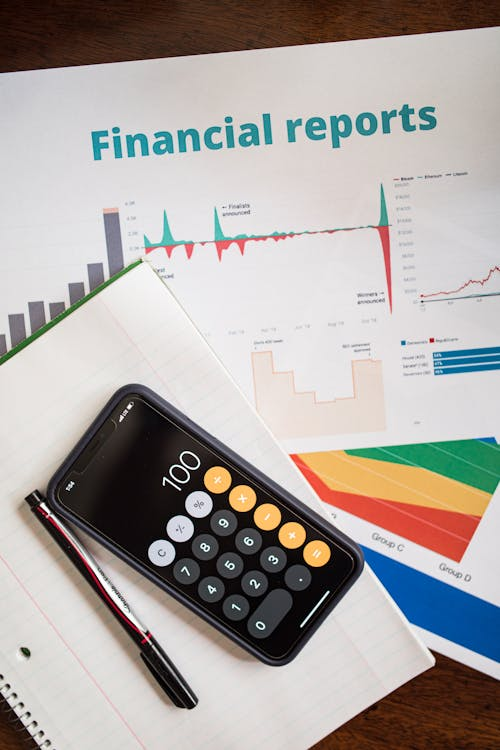




| # | Source | Pair | Volume | Price | Change | Updated |
|---|

| Date | Open | Close | High | Low | Volume |
|---|

Aave is one of the most prominent decentralized finance (DeFi) lending protocols, allowing users to lend, borrow, and earn interest on crypto assets without intermediaries. Below are answers to some of the most common questions about Aave, covering its technology, functionality, and investment aspects.
Aave is a decentralized lending protocol that enables users to deposit cryptocurrencies into liquidity pools and earn interest. Borrowers can take loans by using their crypto assets as collateral. Unlike traditional lending services, Aave operates on smart contracts, removing the need for banks or financial intermediaries.
The protocol runs on multiple blockchain networks, primarily Ethereum, and has expanded to Polygon, Avalanche, Arbitrum, and Optimism. Aave’s native token, AAVE, is used for governance, staking, and reducing fees within the ecosystem.
Who founded Aave, and what is its history?
Aave was founded by Stani Kulechov in 2017. It initially launched as ETHLend, a peer-to-peer lending platform, before rebranding to Aave in 2020. The rebrand introduced the liquidity pool model, which allowed users to deposit funds into shared pools rather than requiring direct matches between lenders and borrowers.
Since then, Aave has grown into one of the most widely used DeFi protocols, frequently ranking among the top decentralized lending platforms in terms of total value locked (TVL).
What makes Aave different from other DeFi lending protocols?
Aave stands out from other lending platforms due to its unique features:
Aave uses smart contracts to facilitate decentralized lending. Lenders deposit their assets into liquidity pools, and borrowers can take loans by providing overcollateralized assets as security. The system automatically manages loans, interest rates, and liquidations without relying on banks or intermediaries.
When users deposit assets into Aave, they receive aTokens (such as aDAI for DAI deposits), which earn interest automatically. Borrowers must provide more collateral than the amount borrowed to ensure the system remains solvent.
What blockchain networks support Aave?
Aave is available on multiple blockchain networks, including:
These integrations make Aave more accessible and cost-effective for users across different ecosystems.
Liquidity pools are smart contract-managed pools of funds supplied by lenders. When users deposit assets, they contribute to the liquidity pool, allowing borrowers to take loans against these deposits.
Lenders earn interest based on the demand for borrowing their assets. The higher the demand, the greater the interest earned.
Aave follows an overcollateralization model, meaning borrowers must deposit more collateral than they borrow. This protects lenders and prevents defaults.
For example, if a user wants to borrow $1,000 in DAI, they may need to deposit at least $1,500 worth of ETH as collateral, depending on the loan-to-value (LTV) ratio. If the collateral value falls below a set threshold, Aave automatically liquidates some of it to repay the loan.
Aave allows borrowers to choose between two types of interest rates:
This flexibility allows borrowers to optimize their loan costs based on their financial strategy.
Flash loans are unique to Aave and allow users to borrow funds without collateral—as long as the loan is repaid within the same blockchain transaction.
These loans are primarily used for:
If the borrower doesn’t repay the loan within the same transaction, the smart contract reverses the transaction, ensuring no funds are lost.
Aave prioritizes security through:
These features make Aave one of the most secure lending platforms in the DeFi space.
Future Outlook for Aave
Aave continues to innovate and expand its ecosystem. The future of Aave includes:
With continuous innovation and strong community governance, Aave remains one of the top DeFi protocols shaping the future of decentralized finance.
The AAVE token is the native governance and utility token of the Aave protocol. It plays a crucial role in the ecosystem by allowing users to participate in governance, stake for rewards, and access protocol-specific benefits.
Key use cases of AAVE include:
AAVE has a fixed supply of 16 million tokens, making it a scarce asset in the DeFi ecosystem.
Aave is governed by a decentralized autonomous organization (DAO), where AAVE token holders propose and vote on changes to the protocol. The governance system controls:
This system ensures that Aave evolves in a way that benefits its users while remaining decentralized.
AAVE holders can participate in governance by:
All governance activities occur on-chain, ensuring transparency and decentralization.
What is Aave’s staking mechanism, and how do users earn rewards?
Aave has a Safety Module (SM) where users can stake AAVE tokens to help secure the protocol. In return, stakers earn rewards in AAVE.
How staking works:
The staking rewards come from Aave’s ecosystem incentives and a percentage of the interest earned from borrowers.
While staking AAVE offers rewards, it comes with risks:
Stakers should assess their risk tolerance before committing funds to the Safety Module.
Lending on Aave is simple and accessible to anyone with a crypto wallet.
Steps to lend crypto on Aave:
Lenders benefit from passive income while contributing to Aave’s decentralized finance ecosystem.
Aave uses smart contracts to facilitate decentralized loans, eliminating banks or centralized authorities. Borrowers must provide collateral to secure their loans.
Steps to borrow from Aave:
If the collateral value drops too low, liquidation mechanisms prevent protocol insolvency.
Aave supports a wide range of collateral assets, including:
Each asset has a loan-to-value (LTV) ratio, which determines how much a borrower can take against their collateral.
What happens if a borrower’s collateral value drops?
Aave uses liquidation thresholds to manage risk. If a borrower’s collateral falls below the required threshold, a liquidation event is triggered.
For example:
Liquidation occurs when a borrower’s health factor falls below 1.0. The health factor depends on the collateral-to-loan ratio and market fluctuations.
Liquidation process:
Borrowers can avoid liquidation by adding more collateral or repaying part of the loan before reaching the threshold.
Aave V3 is the latest iteration of the Aave protocol, bringing major improvements in efficiency, security, and multi-chain functionality. It enhances the lending and borrowing experience while making the protocol more adaptable to different blockchain ecosystems.
Key improvements in Aave V3 include:
Aave V3 builds upon the strengths of previous versions while addressing scalability and cost concerns for users.
Yes, Aave is a multi-chain protocol, meaning it operates across multiple blockchain networks beyond Ethereum. Currently, Aave supports:
Multi-chain functionality allows users to access Aave’s lending and borrowing features on their preferred network, benefiting from lower gas fees and faster transactions.
Aave is a core component of the decentralized finance (DeFi) ecosystem and integrates with numerous protocols to enhance its functionality. Key integrations include:
These integrations strengthen Aave’s position as a key liquidity provider in the broader DeFi ecosystem.
Aave has an ambitious roadmap focused on expanding its ecosystem, increasing decentralization, and improving user experience. Some expected developments include:
Aave continues to evolve as one of the most innovative protocols in decentralized finance, offering both retail and institutional users a seamless, secure, and efficient lending experience.
Seamlessly connect with Kenson Investments for specialized assistance on your digital asset journey.


Kenson Investments excels in digital asset management, serving high-net-worth individuals and businesses. We prioritize security and transparency, offering tailored solutions for asset management, diversification, and innovative investment opportunities in the expanding digital asset sector.
Disclaimer: The crypto currency and digital asset space is an emerging asset class that has not yet been regulated by the SEC and US Federal Government. None of the information provided by Kenson LLC should be considered as financial investment advice. Please consultant your Registered Financial Advisor for guidance. Kenson LLC does not offer any products regulated by the SEC including, equities, registered securities, ETFs, stocks, bonds, or equivalents.

Copyright © 2024 Kenson Investments. All Rights Reserved.